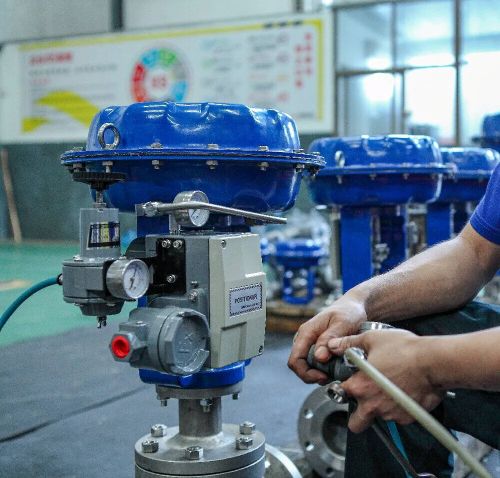


Essential Strategies for Maintaining Pneumatic Control Valve Actuators
Pneumatic control valve actuators are critical components in industrial automation systems, providing precise control over a variety of processes. These actuators are instrumental in regulating flow, pressure, and temperature of fluids, which is essential for ensuring system efficiency, stability, and safety. However, to maintain reliable operation and extend their operational lifespan, pneumatic actuators require consistent and proper maintenance. This article delves into the fundamentals of pneumatic control valve actuators, their operations, and the three primary maintenance strategies: run-to-failure, preventive maintenance, and predictive maintenance.We are a leading control valve manufacturer in China, providing high-quality valves and control actuators designed to meet a wide range of industrial requirements.
Pneumatic control valves regulate fluid flow by adjusting the position of a valve using a positioner and actuator. They are an integral part of control loops in industrial processes, often receiving signals from Distributed Control Systems (DCS) or Programmable Logic Controllers (PLC). These signals command the valve actuator to adjust the valve’s position, thus controlling parameters like flow, pressure, and temperature.
The modern pneumatic positioner is typically driven by either:
In older systems, direct control diaphragm actuators without positioners were used. While simpler, these actuators do not provide the same level of precision and responsiveness as their modern counterparts.
A critical aspect of pneumatic actuator functionality is the use of clean, dry air. Air contaminated with moisture, oil, or debris can significantly reduce actuator performance, resulting in:
Thus, maintaining clean, dry compressed air is essential for optimal operation. This can be achieved by incorporating filtration systems to remove contaminants and drying systems to prevent moisture build-up.
Pneumatic control valve actuators are indispensable components in modern industrial automation, ensuring precise regulation of fluid flow, pressure, and temperature. However, without proper maintenance, their performance and reliability can be compromised. By understanding the critical role of these actuators, businesses can choose between run-to-failure, preventive maintenance, or predictive maintenance strategies to ensure long-term, trouble-free operation.
Each maintenance strategy offers distinct advantages, and the choice depends on factors such as the criticality of the system, available resources, and desired maintenance costs. Implementing an effective maintenance program will not only optimize the actuator’s performance but also contribute to greater operational efficiency, reduced downtime, and cost savings in the long term.
